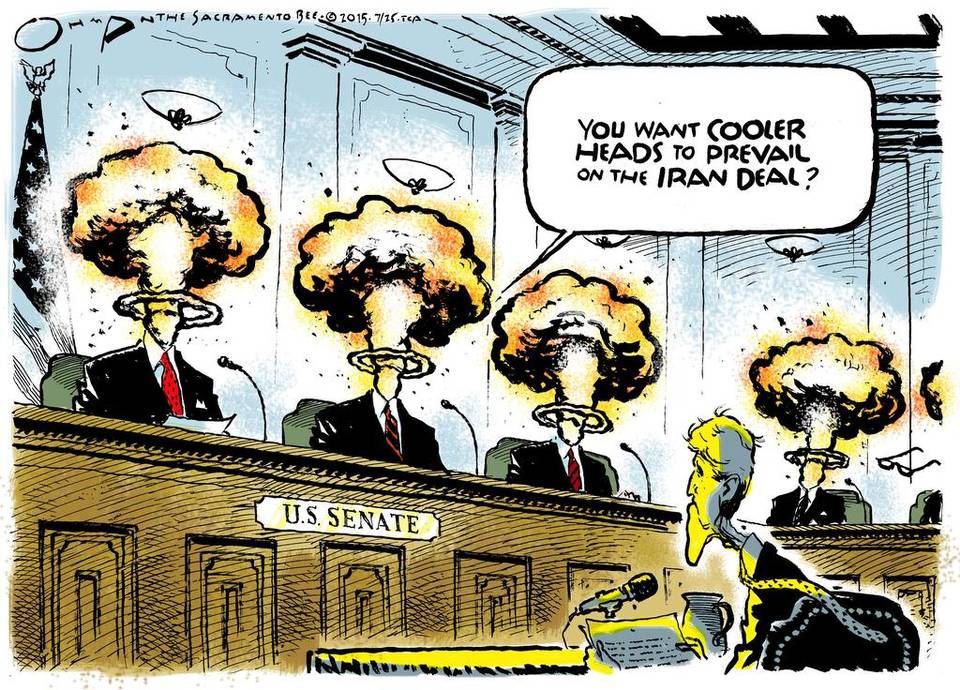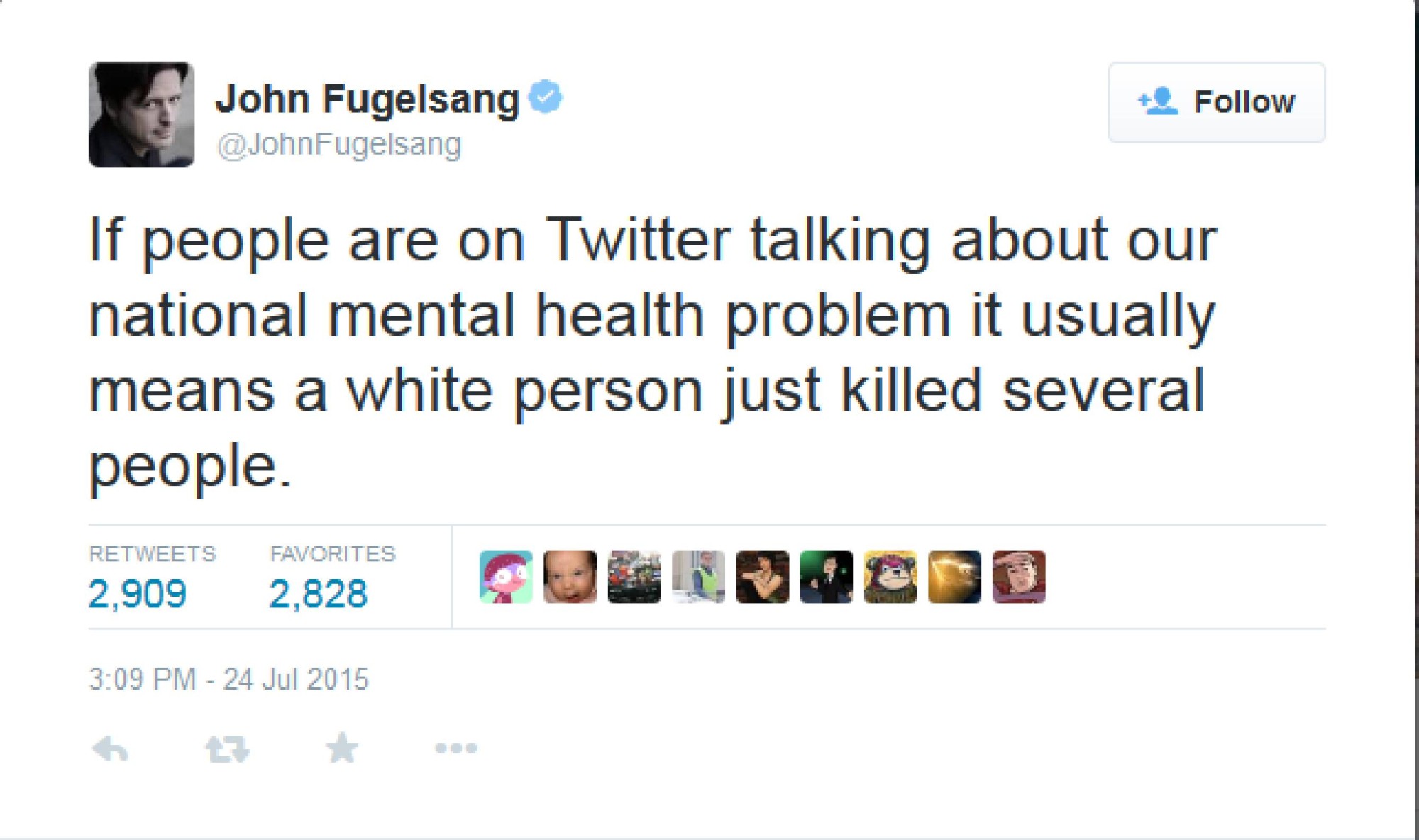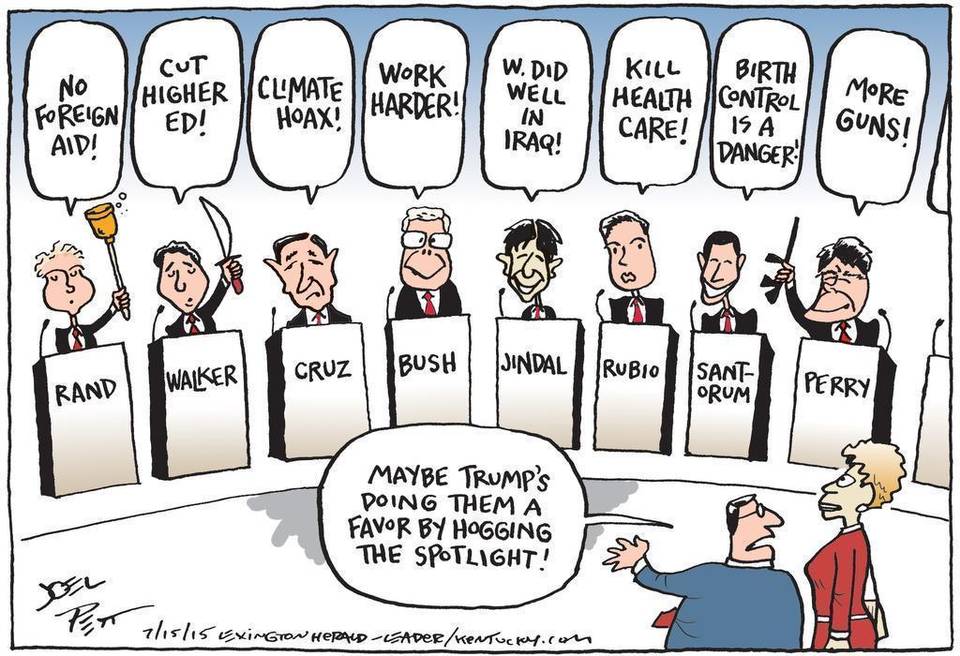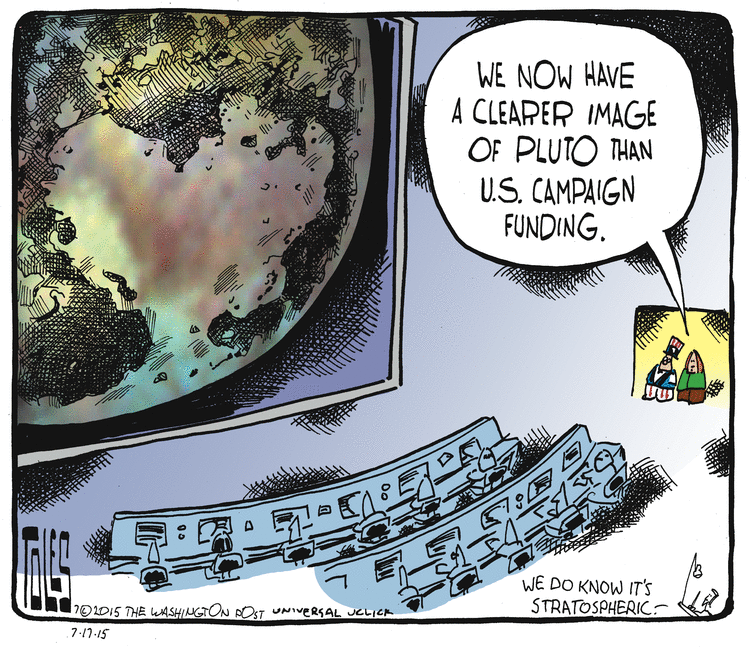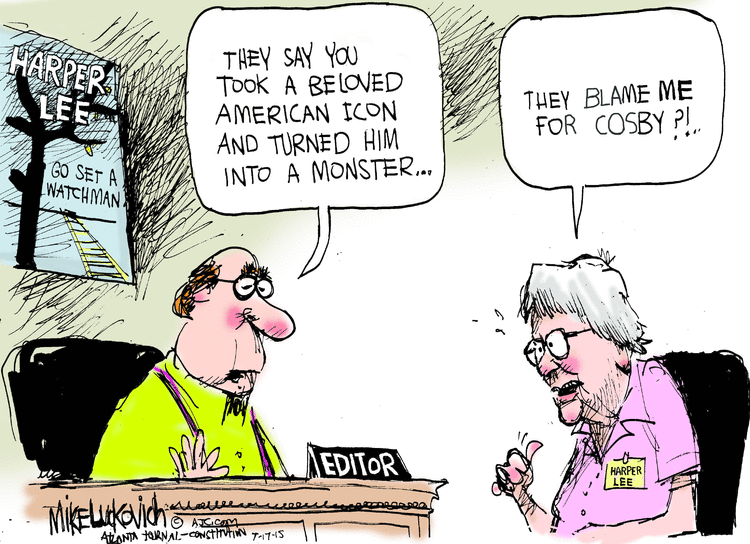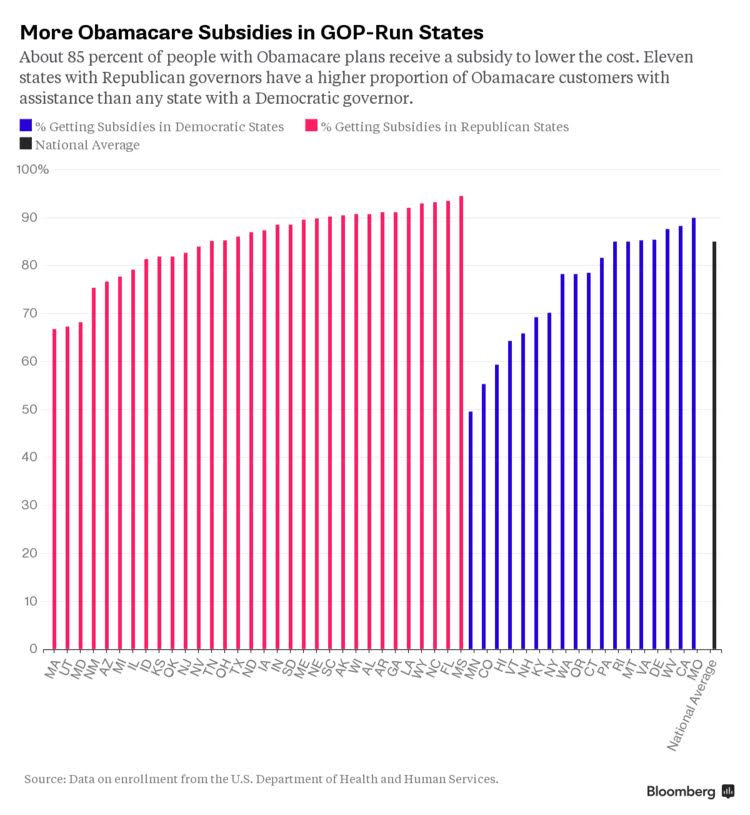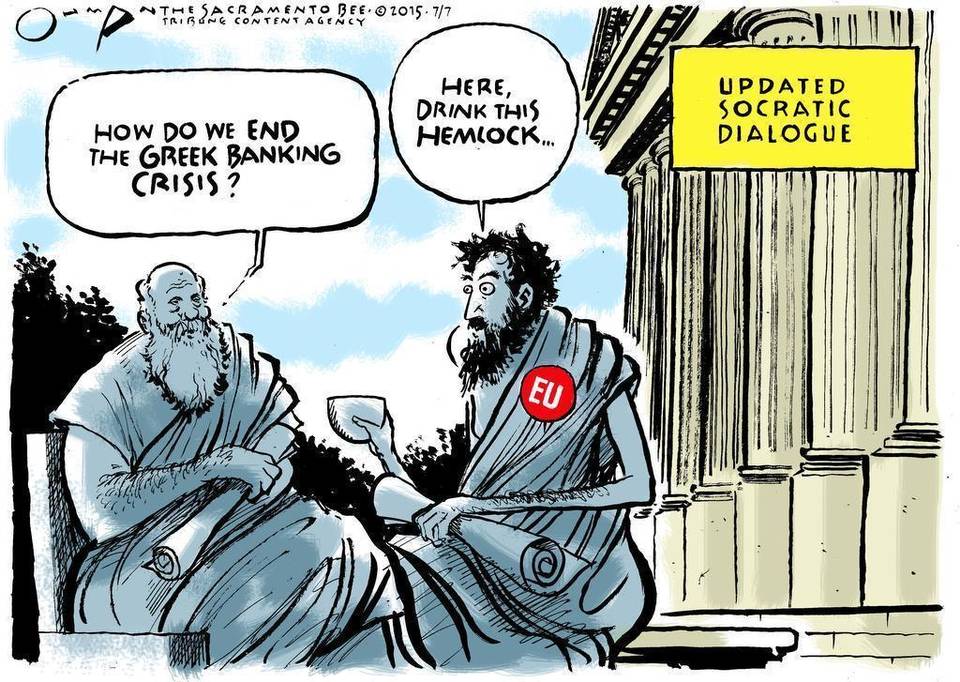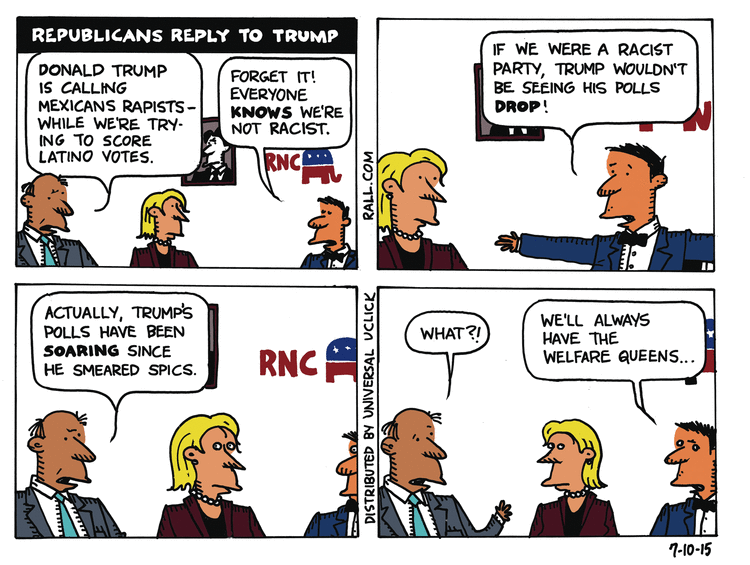Happy Sunday! Americans hate theocracy everywhere but at home. According to the Pew Research Center, 49% of Americans think churches should speak out about political matters, while 48% disagree, reflecting our divided politics. This has changed since 2010, when 52% wanted preachers to stay away from politics, and 43% didn’t.
The new urge to hear their pastors pillory politicians is supported mostly by Republicans. About 63% of Americans still think churches should stop short of endorsing candidates for office (vs. 32% who favor endorsing), but the gap has narrowed since 2010 when it was 70-24%. Moreover, only 29% of Americans see the Democratic Party as friendly to religion, while 47% see the Republicans favoring religion.
So in the most devout parts of the country, Democratic candidates tend to distance themselves from the party’s national stereotype. You will see this again in 2016.
Churches as institutions should be apolitical. And conversely, the political process should not explicitly favor members of certain religions for office. If it is really true that pious people are more honest or ethical, that fact will be clear when individuals are evaluated during the campaigns. On the other hand, nothing is easier to fake than religious faith, precisely because we can’t see into the heart of another person.
While politicians must pander to lobbies or to wealthy individuals that pay for their election campaigns, if they pander to religion, it makes a hole in the fabric of US politics. Having religious organizations directly sponsor political candidates would be so much easier. After all, “God wants you to vote for John Doe” is a pretty irresistible campaign message. Luckily, that isn’t America – yet.
Another week of summer with more Trump, Iran, and killings in Louisiana. Kerry met with the Senate:
Boehner has a strategy for Iran deal:
GOP has to scratch its itch:
Trump also deserves a medal:

Fugelsang nails it about mass shootings, this time in Louisiana:
The Louisiana gunman’s rage dates back decades. CBS News in Louisiana reported:
A local TV host frequently invited him as a guest, knowing he’d be a lightning rod who could light up the phone lines with rants against abortion and working women…
So he was part of what Donald Trump and Ted Cruz affectionately refer to as “The Base.”

